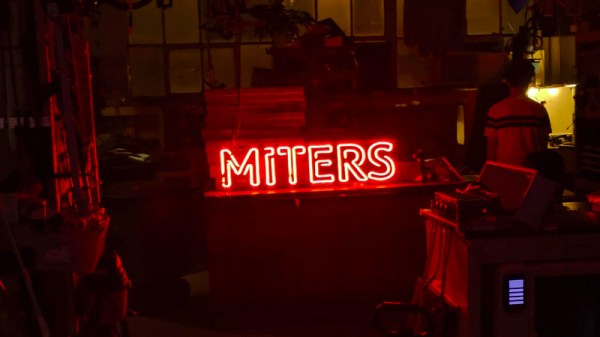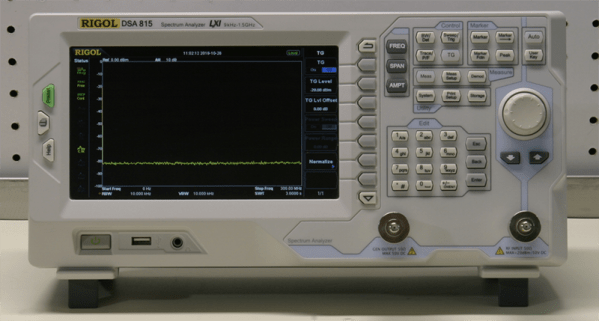Disruption is a basic tenet of the Open Hardware movement. How can my innovative use of technology disrupt your dinosaur of an establishment to make something better? Whether it’s an open-source project chipping away at a monopoly or a commercial start-up upsetting an industry with a precarious business model based on past realities, we’ve become used to upstarts taking the limelight.
As an observer it’s interesting to see how the establishment they are challenging reacts to the upstart. Sometimes the fragility of the challenged model is such that they collapse, other times they turn to the courts and go after the competitor or even worse, the customers, in an effort to stave off the inevitable. Just occasionally though they embrace the challengers and try to capture some of what makes them special, and it is one of these cases that is today’s subject.
A famously closed monopoly is the world of academic journals. A long-established industry with a very lucrative business model hatched in the days when its product was exclusively paper-based, this industry has come under some pressure in recent years from the unfettered publishing potential of the Internet, demands for open access to public-funded research, and the increasing influence of the open-source world in science.
Elsevier, one of the larger academic publishers, has responded to this last facet with HardwareX, a publication which describes itself as “an open access journal established to promote free and open source designing, building and customizing of scientific infrastructure“. In short: a lot of hardware built for scientific research is now being created under open-source models, and this is their response.
Some readers might respond to this with suspicion, after all the open-source world has seen enough attempts by big business to embrace its work and extend it into the proprietary, but the reality is that this is an interesting opportunity for all sides. The open access and requirement for all submissions to be covered under an open hardware licence mean that it would be impossible for this journal to retreat behind any paywalls. In addition the fact of it being published in a reputable academic journal will bring open-source scientific hardware to a new prominence as it is cited in papers appearing in other journals. Finally the existence of such a journal will encourage the adoption of open-source hardware in the world of science, as projects are released under open-source licences to fulfill the requirements for submission.
So have the publishing dinosaurs got it right, and is this journal an exciting new opportunity for all concerned? We think it has that potential, and the results won’t be confined to laboratories. Inevitably the world of hackers and makers will benefit from open-source work coming from scientists, and vice versa.
Thanks [Matheus Carvalho] for the tip.
Bookbinding workshop image: By Nasjonalbiblioteket from Norway [No restrictions], via Wikimedia Commons.




















